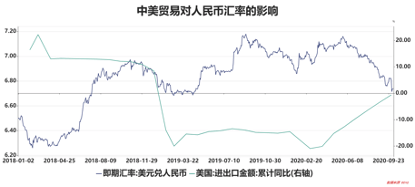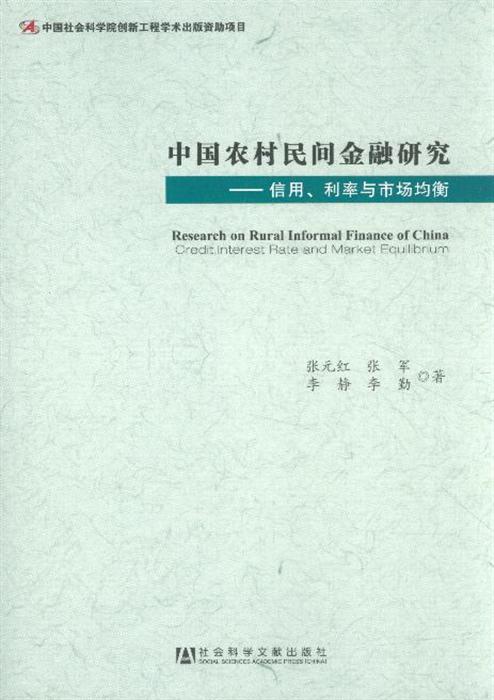Understanding the Interest Rate on Federal Unsubsidized Student Loans: What Borrowers Need to Know
#### Interest Rate on Federal Unsubsidized Student LoansThe interest rate on federal unsubsidized student loans is a crucial aspect that potential borrowers……
#### Interest Rate on Federal Unsubsidized Student Loans
The interest rate on federal unsubsidized student loans is a crucial aspect that potential borrowers must understand before taking on student debt. These loans are available to undergraduate and graduate students, and unlike subsidized loans, the government does not pay the interest while the student is in school or during deferment periods. This means that the interest begins to accrue as soon as the loan is disbursed, which can significantly increase the total amount that borrowers will owe over time.
For the 2023-2024 academic year, the interest rate on federal unsubsidized student loans is set at 5.50% for undergraduate students and 7.05% for graduate students. These rates are fixed, meaning they will not change over the life of the loan. Understanding this rate is essential for students as it impacts their financial planning and repayment strategies.
#### How Interest Accrues on Unsubsidized Loans

When students take out an unsubsidized loan, they are responsible for paying the interest that accumulates from the moment the loan is disbursed. This is a key difference from subsidized loans, where the government covers the interest during certain periods. For many students, this can lead to a significant increase in the total cost of the loan. For example, if a student borrows $10,000 at an interest rate of 5.50%, they will accrue approximately $550 in interest in just one year. If they do not pay this interest while in school, it will be added to the principal amount, leading to a higher balance when they enter repayment.
#### Repayment Options and Strategies
After graduation, students will enter a six-month grace period before they are required to start making payments on their loans. During this time, it is advisable for borrowers to consider their repayment options. Federal loans offer several repayment plans, including standard, graduated, and income-driven repayment plans. Each of these plans has different implications for how the interest rate on federal unsubsidized student loans affects the total amount repaid over time.

For instance, income-driven repayment plans can be beneficial for borrowers who may struggle to make standard payments. These plans adjust monthly payments based on income and family size, but they may result in paying more interest over the life of the loan due to extended repayment terms.
#### Impact of Interest Rates on Loan Repayment
The interest rate on federal unsubsidized student loans plays a significant role in the overall cost of education. Borrowers should be aware of how interest rates can affect their financial future. Even a small difference in interest rates can lead to substantial differences in the total amount repaid. For example, a 1% increase in the interest rate could result in hundreds or even thousands of dollars in additional payments over the life of the loan.

#### Conclusion
In summary, understanding the interest rate on federal unsubsidized student loans is vital for students and their families as they navigate the complexities of financing higher education. By being informed about how interest accrues, exploring repayment options, and considering the long-term implications of their borrowing decisions, students can better prepare for their financial futures and make informed choices about their education financing. As education costs continue to rise, awareness of these factors will be increasingly important for managing student debt effectively.